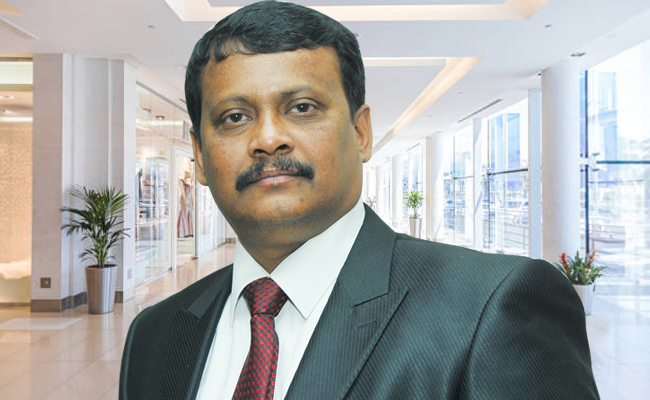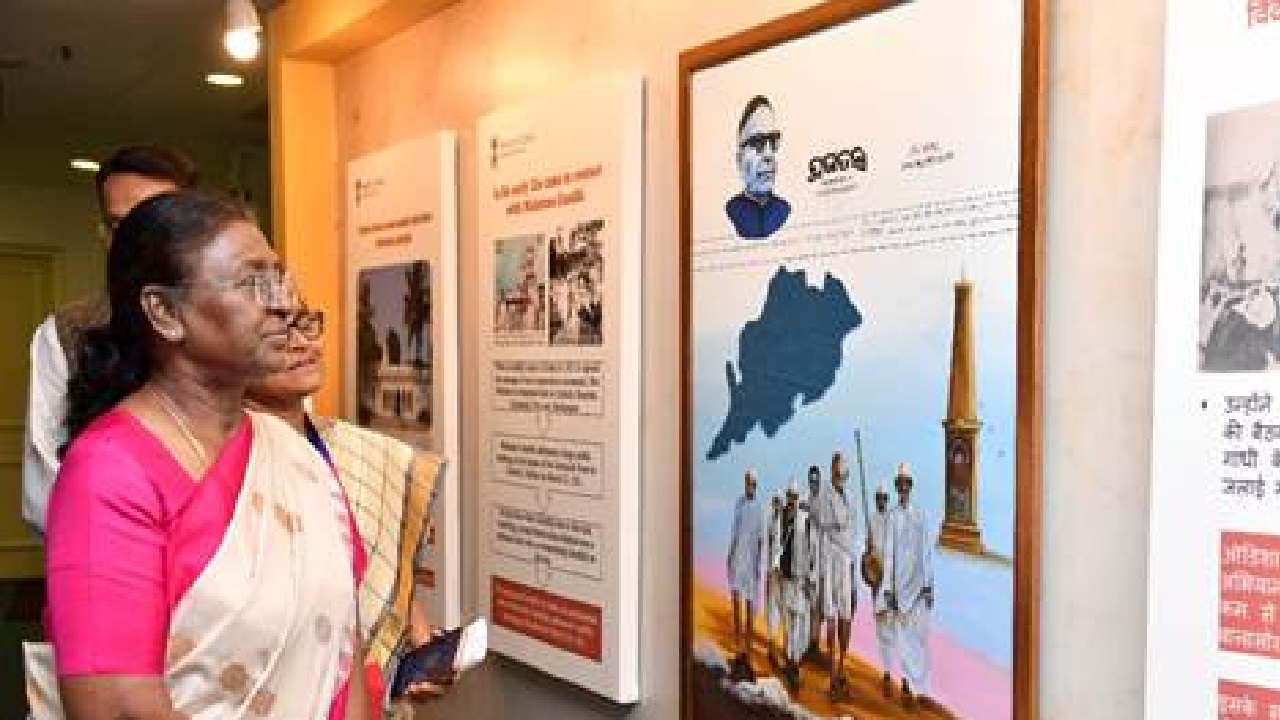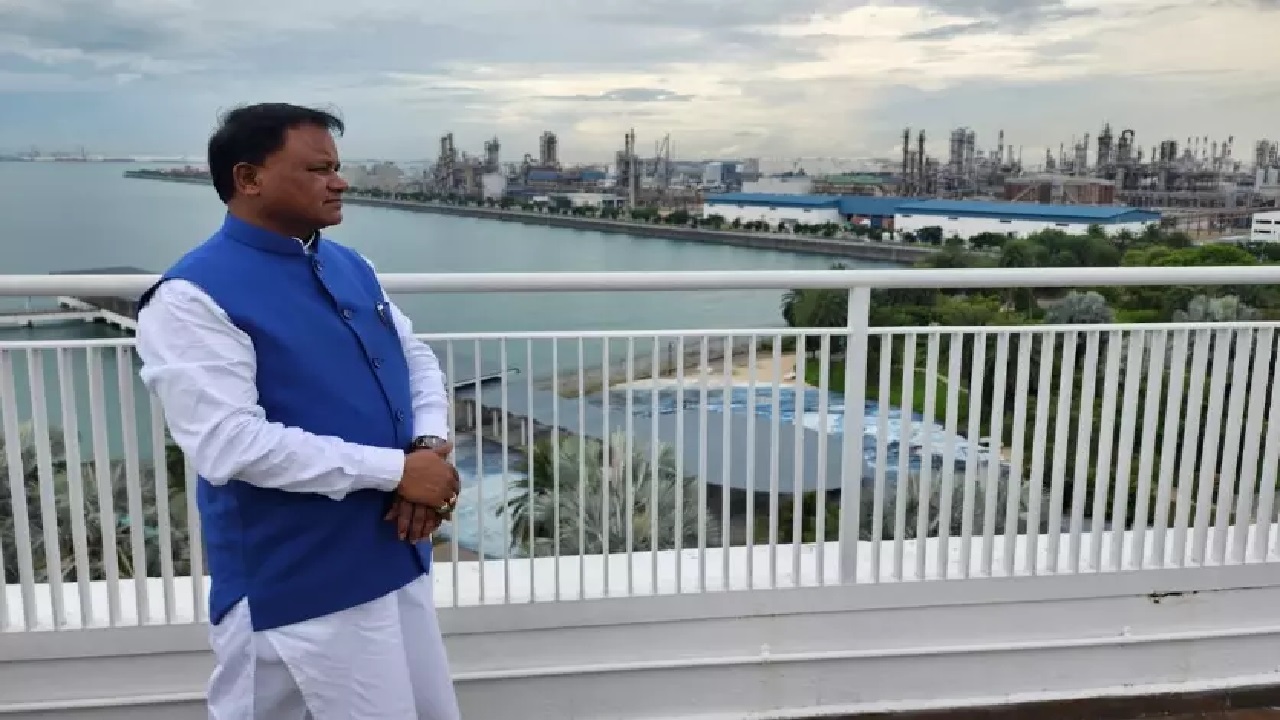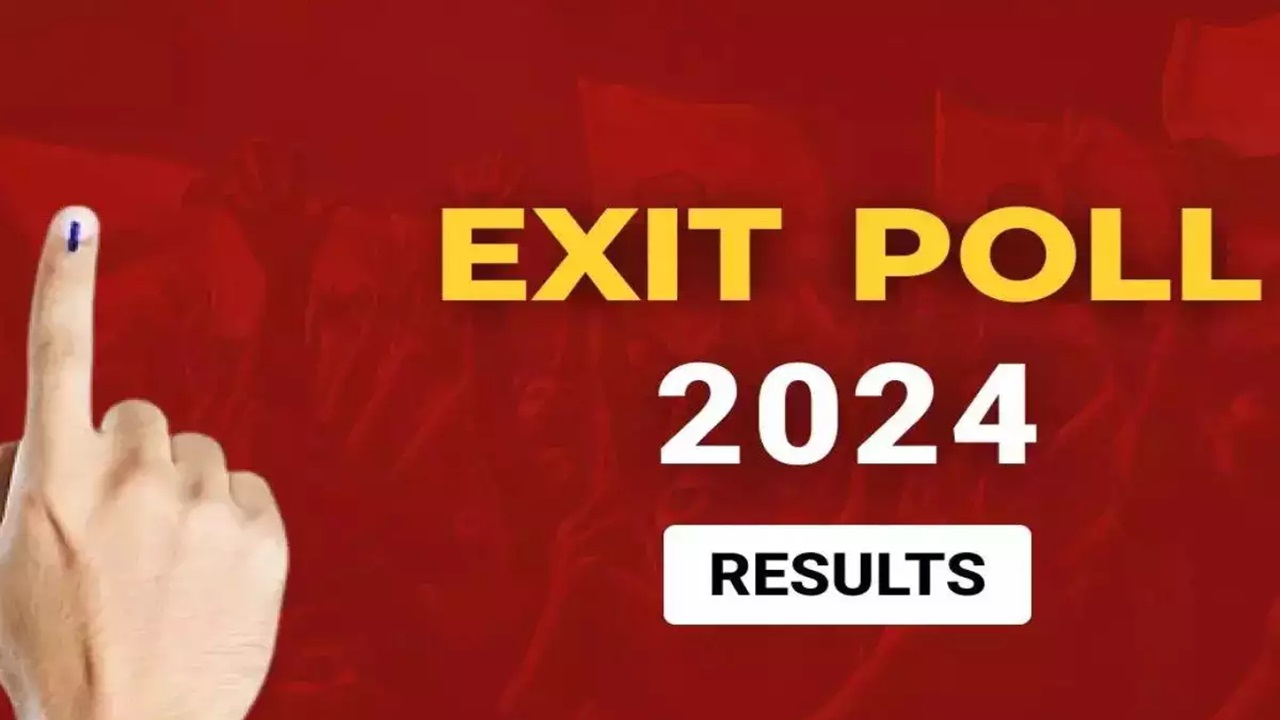
The Union Cabinet, led by Prime Minister Narendra Modi, made several significant decisions on Wednesday, ranging from the concept of simultaneous elections to advancements in India’s space ambitions. These decisions, announced through a series of tweets by the Prime Minister, aim to make India’s democratic processes more participatory and bolster the country’s space exploration capabilities.
‘One Nation, One Election’: A Major Step in Electoral Reform
One of the most notable decisions was the approval of the ‘One Nation, One Election’ initiative. This proposal, recommended by a high-level committee, envisions holding simultaneous elections for the Lok Sabha, state assemblies, and local bodies. The initiative is seen as a way to streamline election processes, reduce costs, and enhance voter participation.
In his announcement, PM Modi emphasized the importance of the decision, calling it a step toward strengthening India’s democracy. “The Cabinet has accepted the recommendations of the High-Level Committee on Simultaneous Elections,” the Prime Minister said in a post on X (formerly Twitter). He also expressed gratitude to former President Ram Nath Kovind, who led the efforts to consult a broad range of stakeholders and build consensus on the issue.
Chandrayaan-4 and India’s Space Ambitions
Another pivotal decision taken by the Union Cabinet was the approval of the Chandrayaan-4 mission. This follows the success of Chandrayaan-3 and underscores India’s commitment to advancing its space program. PM Modi said the mission will boost innovation, support academia, and further India’s goal of becoming self-reliant in space technology.
“Chandrayaan-4 has been cleared by the Cabinet, and this will make the nation proud,” the Prime Minister remarked. He emphasized the multiple benefits of this mission, which include enhancing India’s technological capabilities and boosting its space research ecosystem.
The Cabinet also approved the Next Generation Launch Vehicle (NGLV), which will play a critical role in future space endeavors. PM Modi highlighted that this advancement would bring India closer to establishing the Bharatiya Antariksh Station and achieving a crewed Moon landing by 2040.
Expanding India’s Space Research: Venus Orbiter Mission
In addition to Chandrayaan-4, the Union Cabinet also cleared the Venus Orbiter Mission, aimed at deepening research on the planet Venus. PM Modi expressed excitement about this decision, stating that it will offer new opportunities for space scientists and researchers.
“This approval will ensure more in-depth research into understanding Venus and will open up more opportunities for those in the space sector,” PM Modi noted.
The Path Toward a Self-Sustained Space Station
The Cabinet further cleared steps toward establishing the Bharatiya Antariksh Station (BAS), which is expected to become a self-sustained space station by 2035. This move is part of a larger vision, including expanding the Gaganyaan program and preparing for a crewed lunar mission by 2040.
Describing this as “great news for the space sector,” PM Modi underscored the landmark nature of the decision, which brings India closer to being a significant player in the global space race.
Boosting the Creative Economy: National Centre for Animation and VFX
In another significant move, the Cabinet approved the establishment of the National Centre of Excellence for Animation, Visual Effects, Gaming, Comics, and Extended Reality. This initiative is expected to provide a significant boost to the media and entertainment sectors, creating new job opportunities and supporting India’s growing digital economy.
The recent decisions by the Union Cabinet reflect the government’s focus on innovation, economic growth, and strengthening democratic processes. From streamlining elections to enhancing space exploration, these measures aim to position India as a leader in various sectors while supporting its long-term development goals.
(With inputs from agencies)







